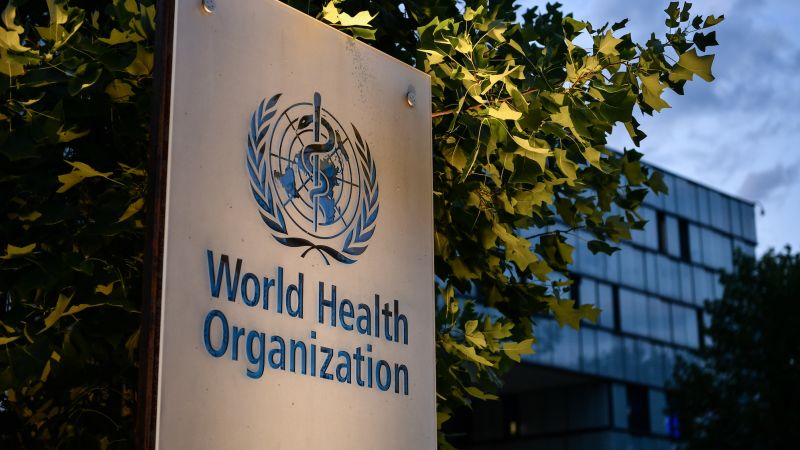CNN
—
According to new estimates from the World Health Organization, global cancer diagnoses will reach 35 million by 2050 – a 77% increase from the 20 million cases diagnosed in 2022.
Information, published Friday by the WHO's International Agency for Research on Cancer, covers 185 countries and 36 types of the disease. The researchers found that lung cancer was the most common form of cancer worldwide in 2022 – accounting for 2.5 million cases, 12.4% of the total – followed by female breast, colon, prostate and stomach cancers. Lung cancer accounted for the majority of cancer deaths: 1.8 million, or nearly 19% of the total.
The agency also cited disparities in cancer burdens in developed countries. For example, in countries with the highest Human Development Index – a measure of achievements in health, education and quality of life – 1 in 12 women will develop breast cancer, and 1 in 71 will die. In low HDI countries, only 1 in 27 women will be diagnosed with breast cancer, but 1 in 48 will die from it, often due to late diagnosis and lack of access to treatment.
Disparities were also seen in cancer services such as radiation and stem cell transplants.
“WHO's new global survey highlights the insecurity and large disparities in cancer financing around the world, with populations, particularly in low-income countries, unable to access the basics of cancer treatment,” said Dr. Bente Mikkelsen, director of the WHO's Department of Noncommunicable Diseases, said in a press release. “WHO, including its cancer initiatives, works actively with more than 75 governments to develop, fund and implement policies to improve cancer care for all. Larger investments are urgently needed to expand this work and address global disparities in cancer outcomes.
Researchers point to several factors driving the expected increase in cancer rates, such as obesity, tobacco use and alcohol use, and environmental factors such as air pollution.
In the United States, the number of people dying from cancer continues to decline, while the incidence rates of some types of the disease are increasing, according to a report released last month by the American Cancer Society.
From 1991 to 2021, cancer deaths in the United States decreased by 33%, largely due to declines in tobacco use, earlier detection, and major improvements in treatment. However, racial disparities persist, with people of color facing greater risks.
Cancer patients are also getting younger, an American Cancer Society report noted. For example, the share of colon cancer diagnoses among adults under 55 has risen from 11% in 1995 to 20% in 2019, previous research has found.
President Joe Biden has made cancer a significant part of his administration, with his Cancer Moonshot initiative aimed at halving US cancer deaths over 25 years. Agencies including NASA and the Environmental Protection Agency are working on the effort, along with the Department of Health and Human Services and the Department of Veterans Affairs.
“Despite progress in early detection of cancer and in the treatment and care of cancer patients – significant disparities in cancer treatment outcomes remain not only between high- and low-income regions of the world, but also within countries. Where a person lives should not determine whether or not they live. Prioritizing cancer care and providing affordable, quality care for all “There are tools to enable governments to ensure services are available. It's not just a resource issue, it's a matter of political will,” Dr Gary Adams, president of the International Union for Cancer Control, said in a Friday news release from the International Agency for Research on Cancer.
CNN's Jacqueline Howard contributed to this report.

